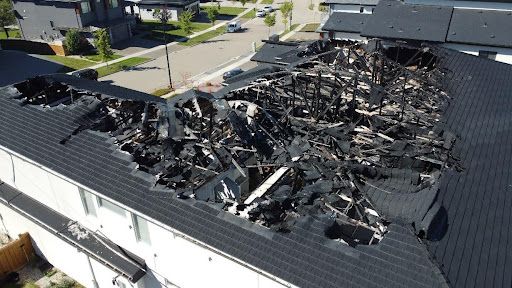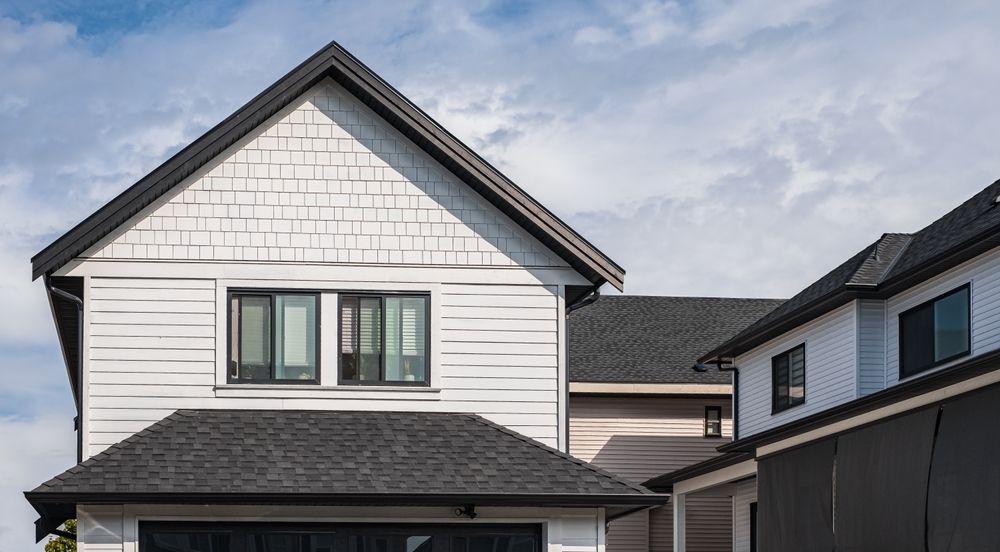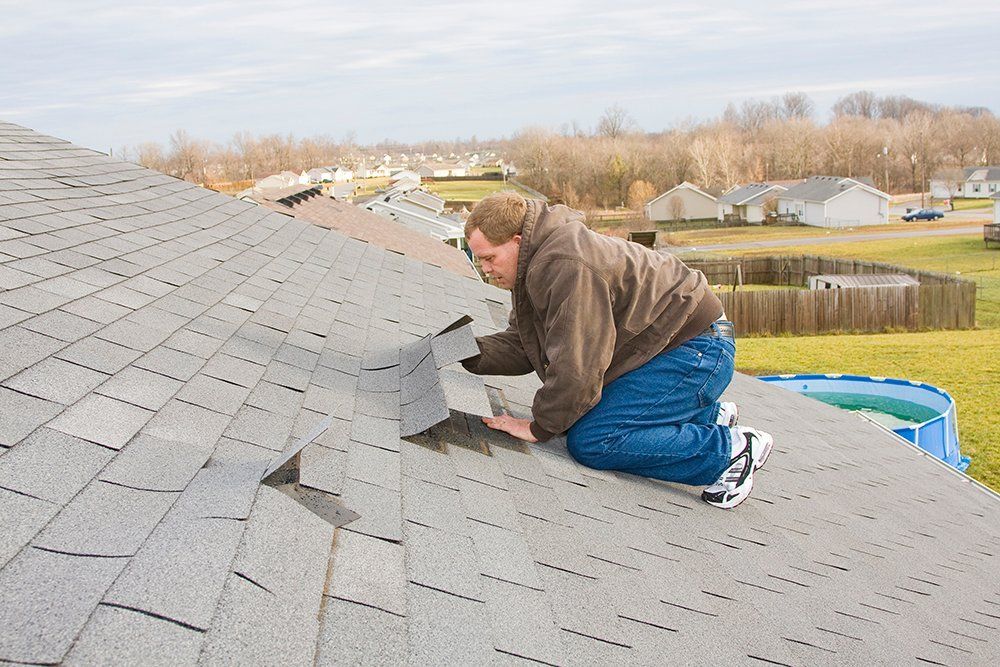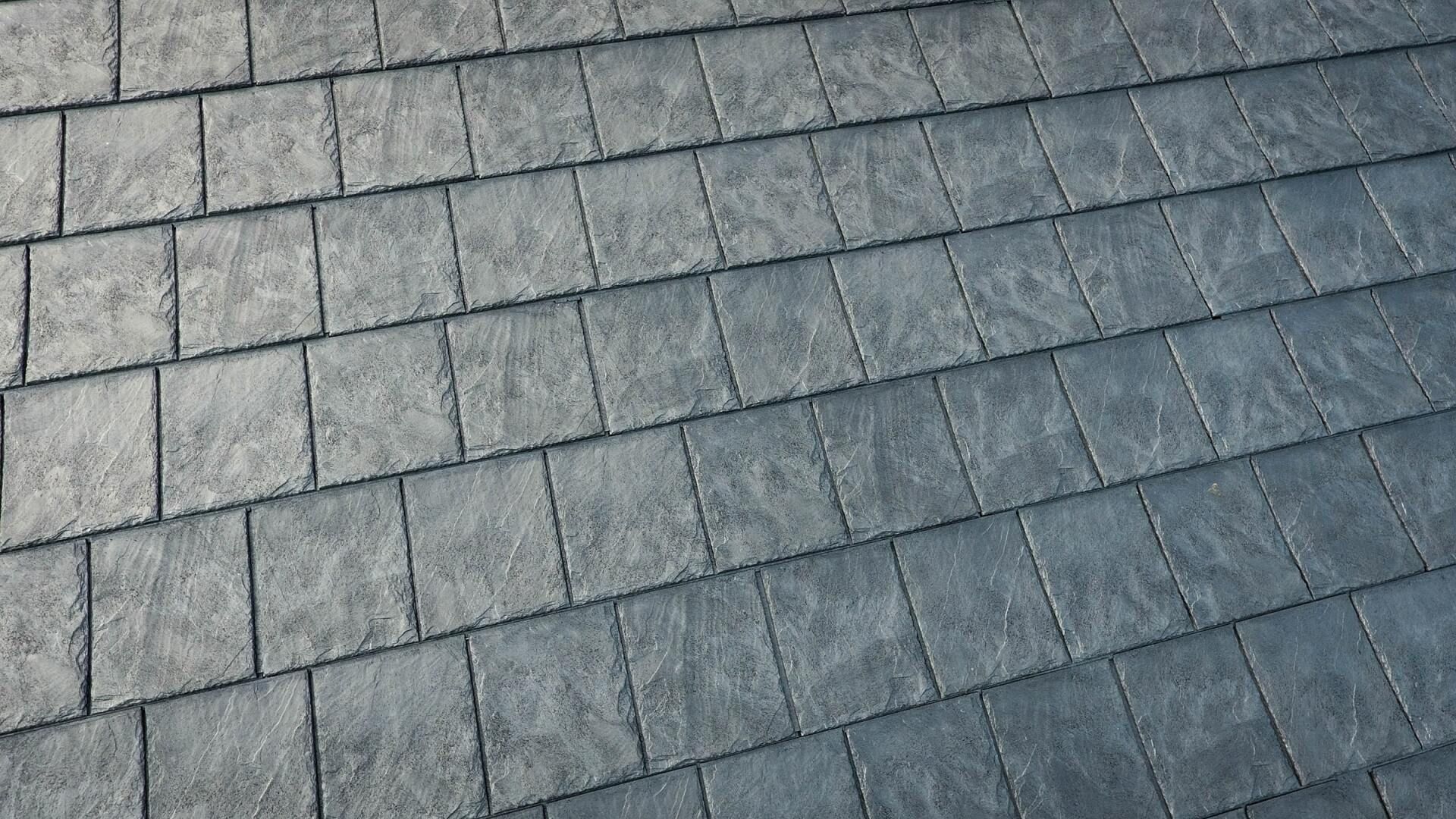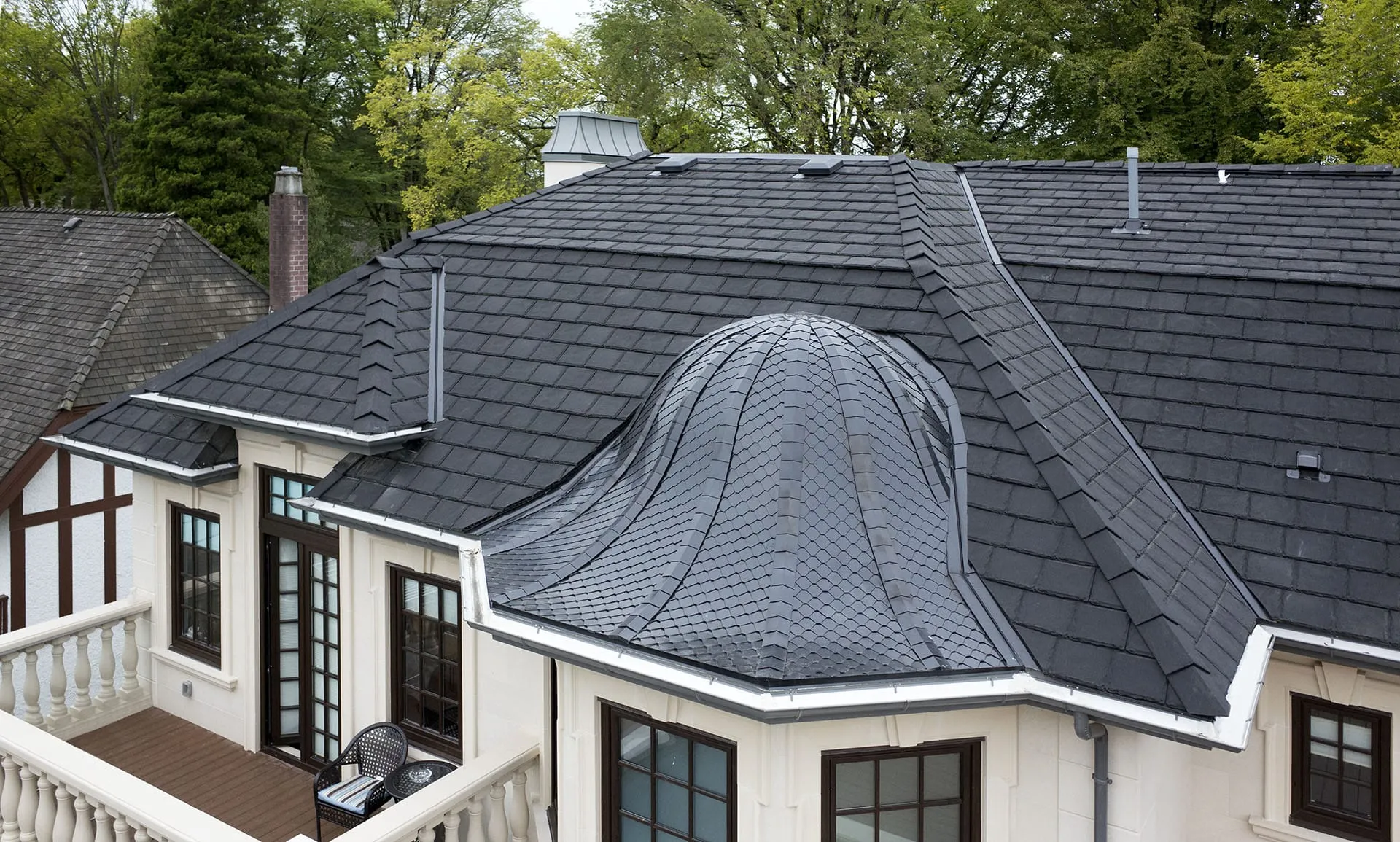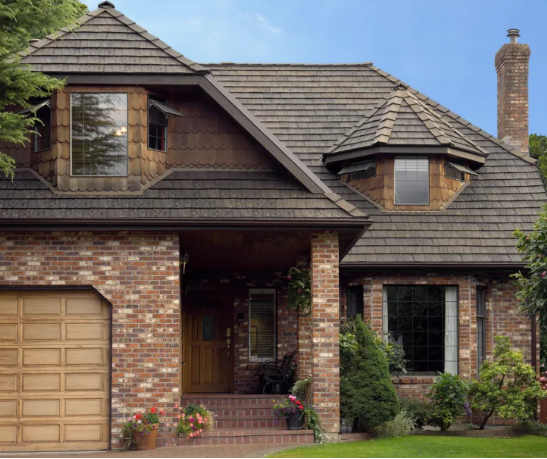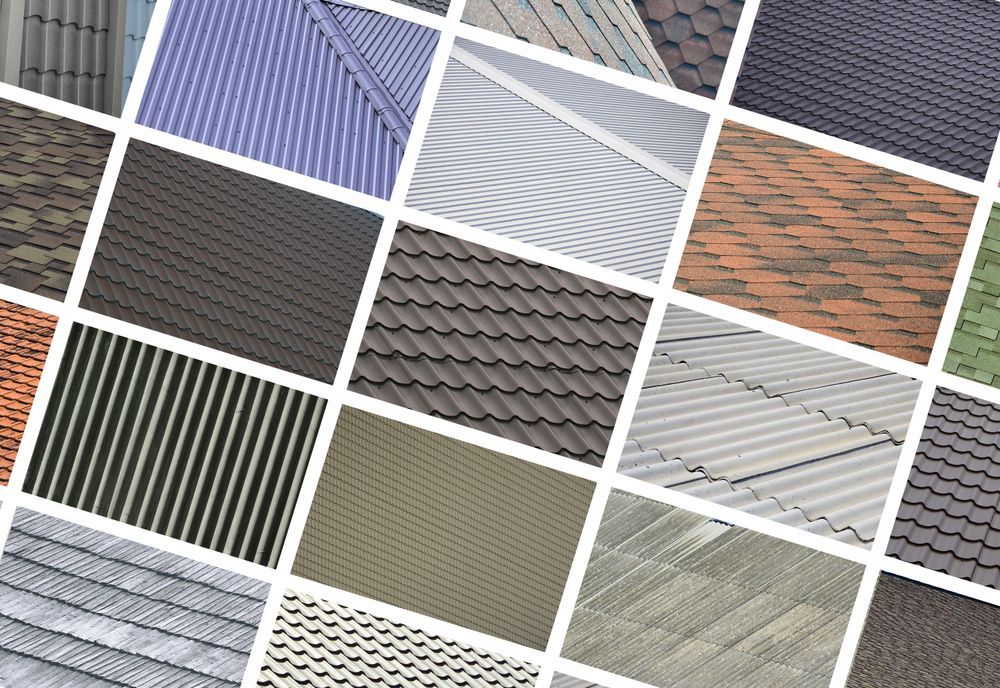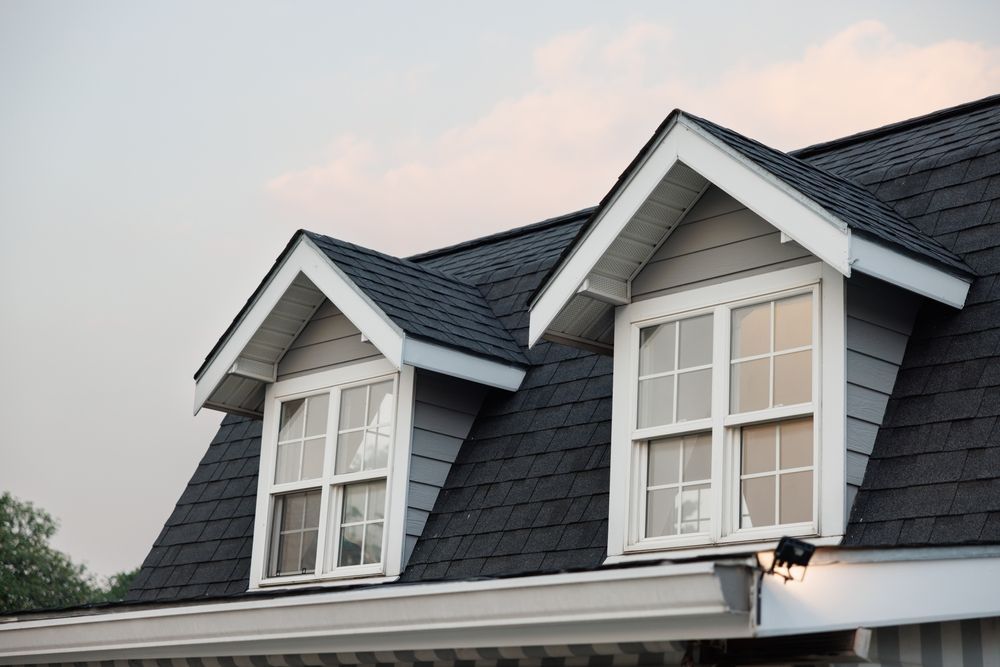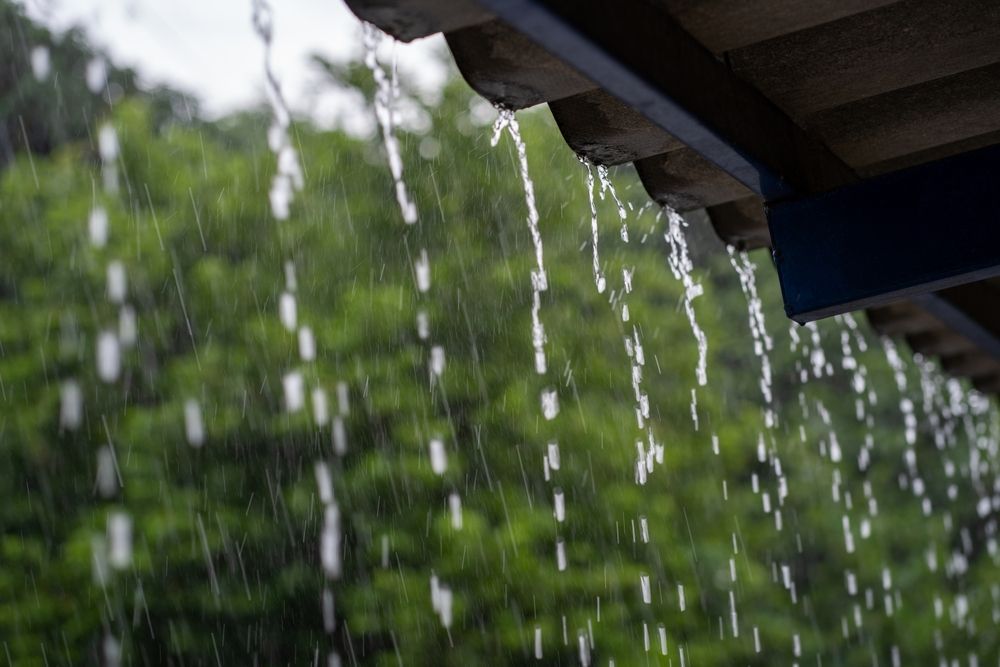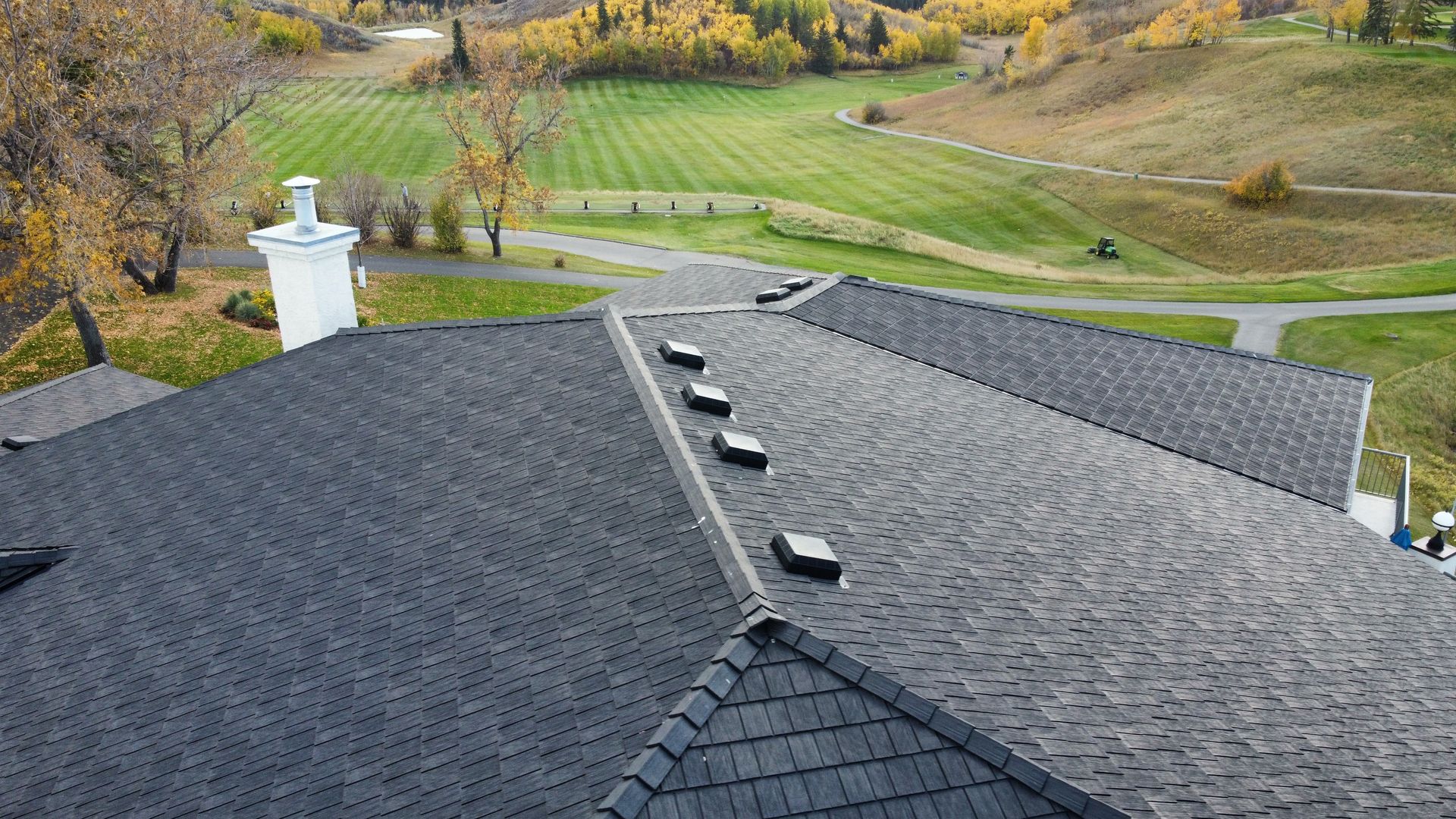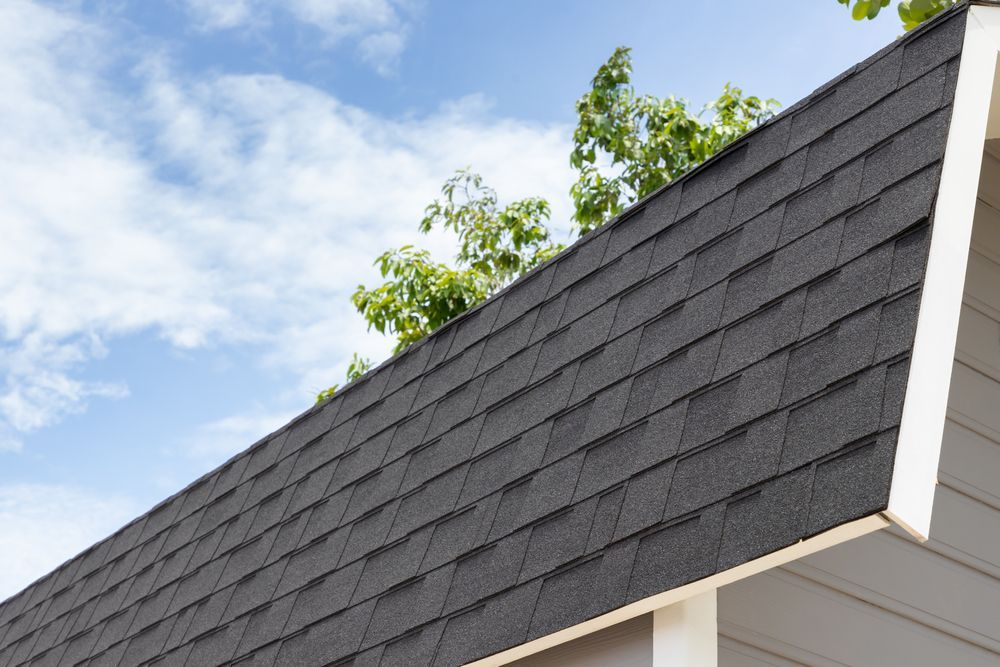How to Choose a Wind-Resistant Roof & Prevent Damage
Any homeowner who has surveyed the damage to their shingle roof after a windstorm knows that most standard roofs are NOT windproof.
Bad windstorms can cause havoc with shingles blowing off and your roof literally falling apart above your head – or even blowing off completely in the worst types of storms.
This can be a frightening and humbling experience.
Thankfully, the type of storms we suffer quite regularly here in Alberta and Saskatchewan do not affect all of North America – but some areas are particularly susceptible to powerful winds that can cause extensive damage to roofing structures.
A recent storm tore through our area, downing trees and power lines and causing roofs to collapse, ripping shingles off, and damaging siding in local homes and businesses.
Selecting a roof capable of withstanding high winds in the first place will help you sleep easier at night. If your roof has recently suffered damage, it’s important to have it repaired as soon as possible and to take steps to prevent future damage.
If you’re thinking of replacing your roof with one that performs better in high winds (so that next time a windstorm rips through, you don’t have to worry about the sight that will greet you afterwards) here’s what you need to know.
Wind damage with roof shingles
Alberta and Saskatchewan regularly experience winds over 100km/h (62 mph).
A recent Edmonton storm recorded winds of 107km/hr (66.5 mph) in the city and one part of Alberta experienced a gust of 193 km/h (120 mph), which is tornado-strength.
Parts of Saskatchewan suffered from similar wind gusts so you can see how extensive these wind storms can be and how many homes and businesses can be affected.
This means a LOT of shingles get torn off roofs and a lot of home, shop, and business owners wake up to heavily damaged properties.
And we’ve all seen the pictures of entire roofs being blown off in the wind. So, how exactly does this happen?
The science behind roof blow-off
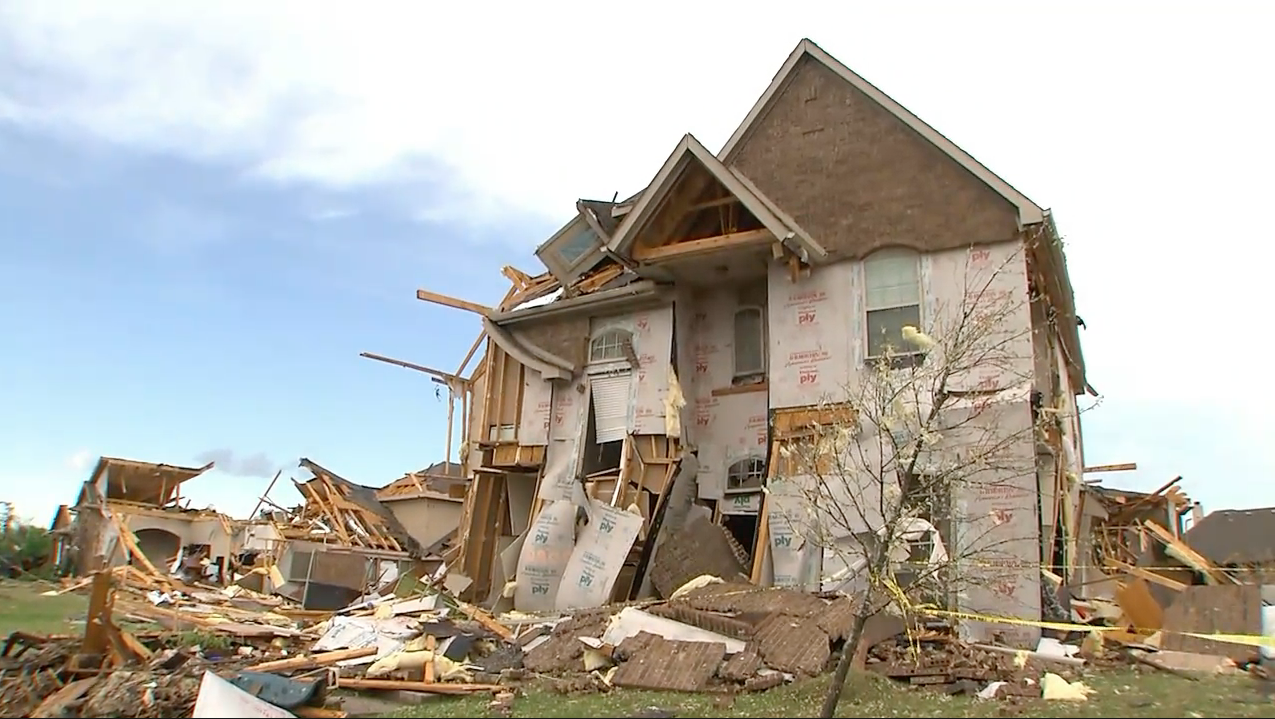
When a high wind blows over a roof, it creates low pressure. The pressure around the roof is now lower than the atmospheric pressure below it.
When air currents enter your house from an open window or door it creates pressure within that causes an upward thrust of air. This suction effect causes the roof to lift and blow off in the wind.
The pressurized air inside combines with the powerful force of wind pulling on the outside to lift the roof off (known as Bernoulli's principle).
This is a dramatic example of wind damage to roofs in North America. The damage caused by most storms is much more subtle.
Image source: ABC News.
What causes shingles to blow off a roof?
Shingle blow-off often occurs near the rakes/gables and below the ridge-line but shingles can blow off anywhere from a roof in high winds.
They are attached to a roof in two ways and this is the first place to look with shingle blow-off: the roofing nails that hold individual shingles to the deck or the adhesive strip located on the back bottom side of each shingle.
Ultimately, there are three main reasons for roof shingle blow-off:
1. POOR INSTALLATION
Inexperienced, unprofessional roofers may take shortcuts or make mistakes when installing a roof. This is a double-whammy as not only is it easier for your roof to be damaged but the warranty may be invalidated due to poor installation practices.
Problems include:
- Improper nailing pattern: shingles nailed too high or not enough nails used to secure the shingles adequately, resulting in loose shingles
- Incorrect sealing of the tar strip, which can easily be compromised by strong winds
- Excessive overhang – any more than 1.5-inch overhang (or 0.75 inches if there is flashing) can cause problems in high winds
Each of these installation errors makes it more likely for a gust of wind to dislodge shingles and blow them off your roof.
2. UNDERLYING ROOF DAMAGE
Your roof may have sustained some underlying roof damage from moisture damage to OSB board, plywood sheeting, or corrugated metal.
This can cause shingle nails to pop out and weaken the shingles so that they are blown off in the next gust of wind.
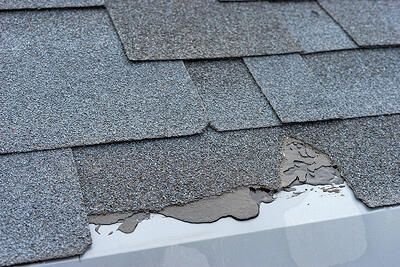
3. END OF ROOF LIFESPAN
Shingles can be blown off roofs of any age but the older your roof, the more likely it is to happen.
Depending on the type of shingles, the materials used, and their level of exposure to the elements, the average lifespan of shingle roofs should last between 15 and 25 years. As they age, shingles become more brittle, the felt may shrink, and clawing or curling may occur.
The adhesive used to seal the shingles may also become less effective, weakening the shingles and reducing their resistance to wind, increasing the likelihood of blow-off.
What should you do if shingles have blown off your roof in high winds?
In most cases, just a few shingles will blow off your roof. However, ignoring this can lead to bigger problems down the road.
If you suspect that your roof has been compromised during high winds, the first step is to get a professional inspection performed as soon as possible to prevent further damage.
An inspection can identify the extent of the damage and recommend repairs. A professional can also advise you on the steps you should take to prevent future disasters with your roof.
If there is large-scale damage with more than 30 percent of the shingles cracked or blown off, you’ll need to decide whether roof repair or replacement is the best option.
How to prevent windstorm disasters with your roof
You can’t stop the wind but you can make it less likely to blow roof shingles off.
Some of the following steps are specifically for high wind roofing and others are common-sense steps to protect any roof from damage:
1. INSPECT YOUR ROOF REGULARLY
Regular inspections can identify if you have a problem with cracked, worn, curled, or missing shingles or water damage. These issues can all weaken your roof and make wind damage more likely.
2. PAY SPECIAL ATTENTION TO SEALS
As you’ve already seen, faulty sealing is a major risk factor for wind-damaged roofs. It is essential to check that seals on the edges of your roof are regularly checked and maintained.
Roofing cement should be used to prevent wind from penetrating the underside of shingles and blowing them off and the decking should also be sealed.
3. CHECK THAT YOUR ROOF IS INSTALLED TO CODE
With older roofs and roofs already installed at the time of purchase, it will pay to conduct a survey to ensure that yours is installed according to the current code.
Building codes change, especially after severe weather events like hurricanes and tornadoes. Even if your roof was installed by a reliable professional years ago, updates to the code may mean you are putting your home at risk unless you have it checked.
4. INSTALL WINDPROOF SHEATHING
The sheathing on your roof can help protect it even if shingles are blown off by gale-force winds. Make sure that it is windproof and you will be able to sleep easier.
5. CONSIDER ROOF CLIPS
Roof clips or “hurricane ties” are galvanized steel clips that attach your roof to the rafters or trusses of your house. They clamp your roof in place and are often used in hurricane or tornado areas of North America to prevent the wind from blowing a roof off.
You can install different strengths of clip to withstand uplift pressures from 300-1500 pounds.
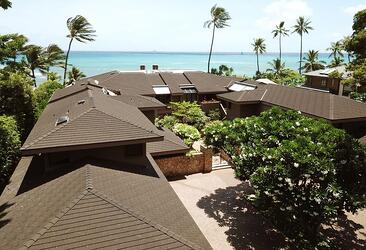
What is the best roof for high winds?
If you live in a high-wind area and your roof is approaching the end of its lifespan, it’s best to replace it before the next 100+ km/h (62+ mph) winds arrive. Don’t push your luck by trying to squeeze a few more years out of your roof.
The two most important requirements if you are considering a new wind-resistant roof for your home are:
- A roofing product that uses materials that are robust enough to withstand the strength of winds experienced in your area.
- Installation professionals who use proven methods to install roofs according to code, taking the time to do it right with appropriate second (and third) lines of defence against the wind.
The best roof for high winds is one that reduces the chance of wind penetrating the underside of its panels and also protects against the weakening effects of weathering.
Many brands of conventional asphalt shingles may be marketed as “windproof” but many homeowners are a testament to the fact that they’re not.
Euroshield® rubber roofs, on the other hand, provide:
- A sophisticated interlocking panel design that requires no adhesive strips or seals
- Nail markers that clearly show the position and number of nails required for each panel
- Carbon black panels that protect against weathering from damaging UV rays
- Dense and durable tire rubber converted into roofing panels with unparalleled durability
- Licensed and qualified professional installation teams across North America to do the job right
Rubber roofs may be a step up from asphalt shingles in terms of installation costs but when you factor in the unparalleled longevity, resilience, durability and the greatly reduced threat of wind or hail damage, they are a solid investment in the future of your home.
